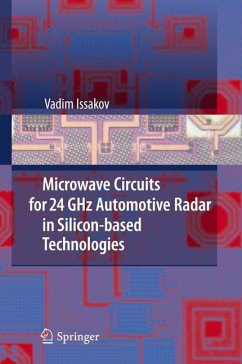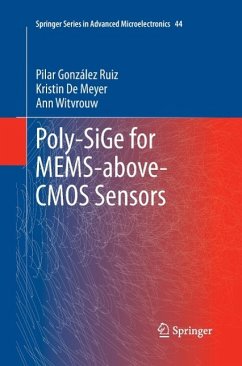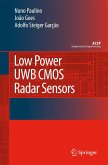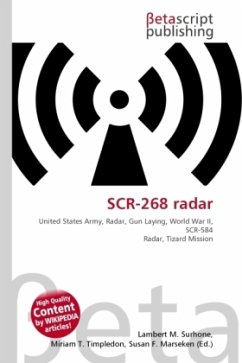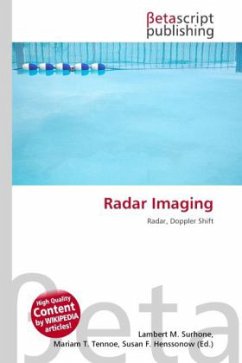There are continuous efforts focussed on improving road traffic safety worldwide. Numerous vehicle safety features have been invented and standardized over the past decades. Particularly interesting are the driver assistance systems, since these can considerably reduce the number of accidents by supporting drivers' perception of their surroundings. Many driver assistance features rely on radar-based sensors. Nowadays the commercially available automotive front-end sensors are comprised of discrete components, thus making the radar modules highly-priced and suitable for integration only in premium class vehicles. Realization of low-cost radar fro- end circuits would enable their implementation in inexpensive economy cars, c- siderably contributing to traffic safety. Cost reduction requires high-level integration of the microwave front-end c- cuitry, specifically analog and digital circuit blocks co-located on a single chip. - cent developments of silicon-based technologies, e.g. CMOS and SiGe:C bipolar, make them suitable for realization of microwave sensors. Additionally, these te- nologies offer the necessary integration capability. However, the required output power and temperature stability, necessary for automotive radar sensor products, have not yet been achieved in standard digital CMOS technologies. On the other hand, SiGe bipolar technology offers excellent high-frequency characteristics and necessary output power for automotive applications, but has lower potential for - alization of digital blocks than CMOS.
Bitte wählen Sie Ihr Anliegen aus.
Rechnungen
Retourenschein anfordern
Bestellstatus
Storno

